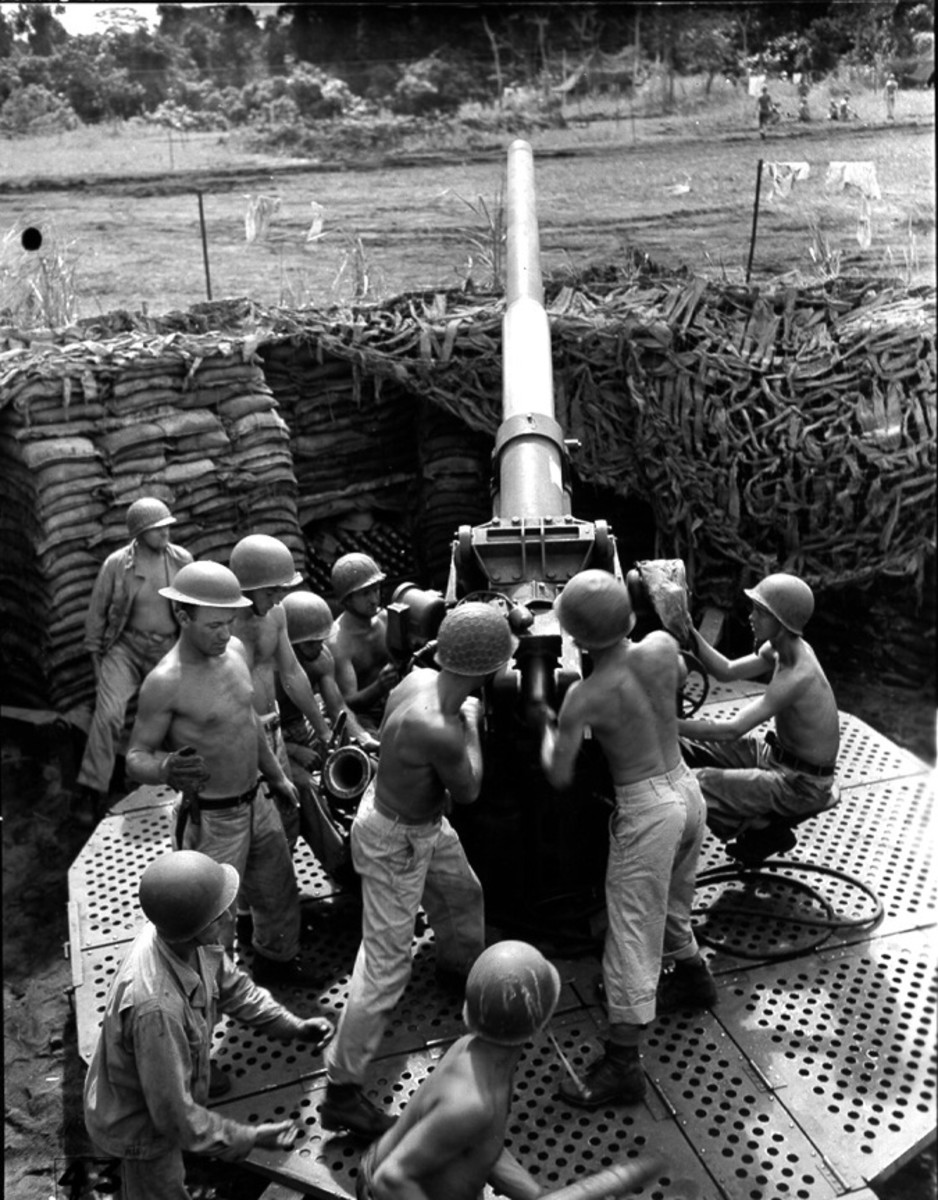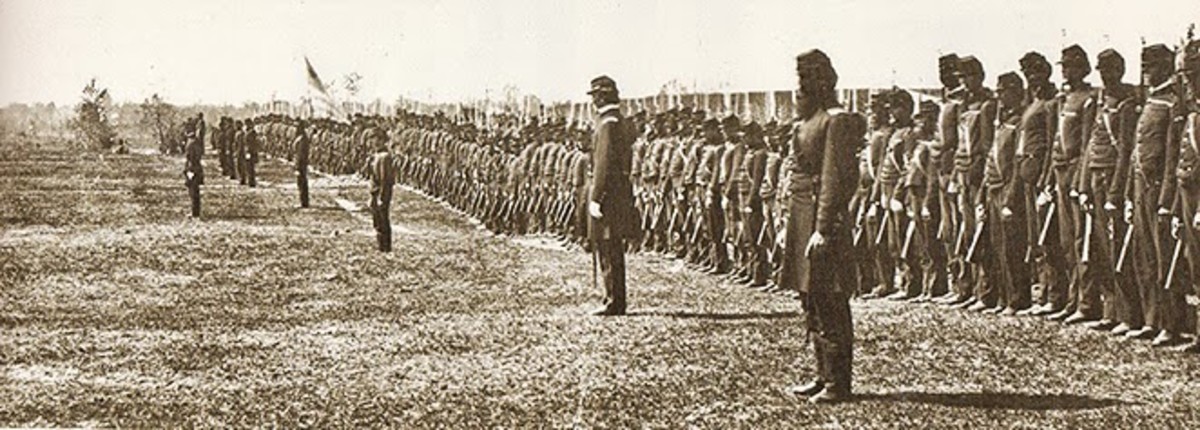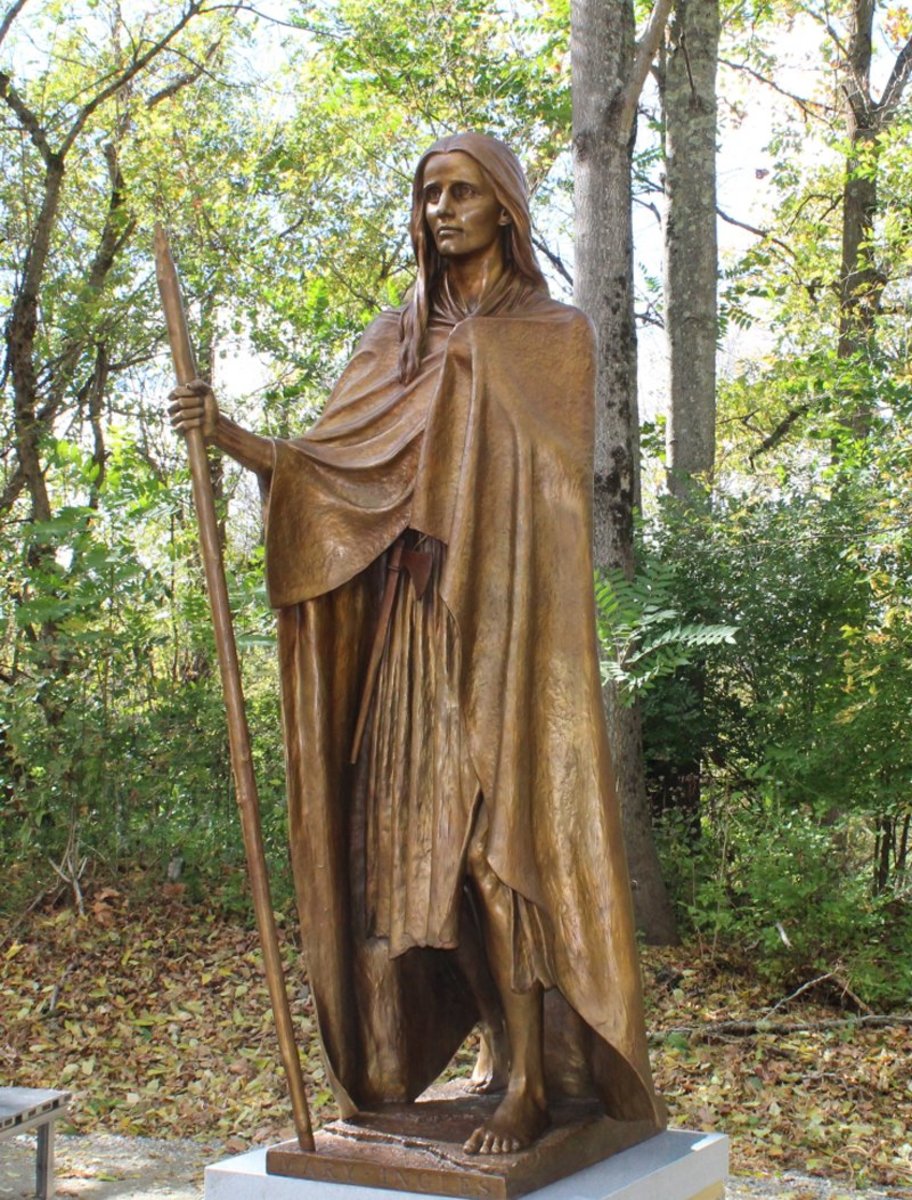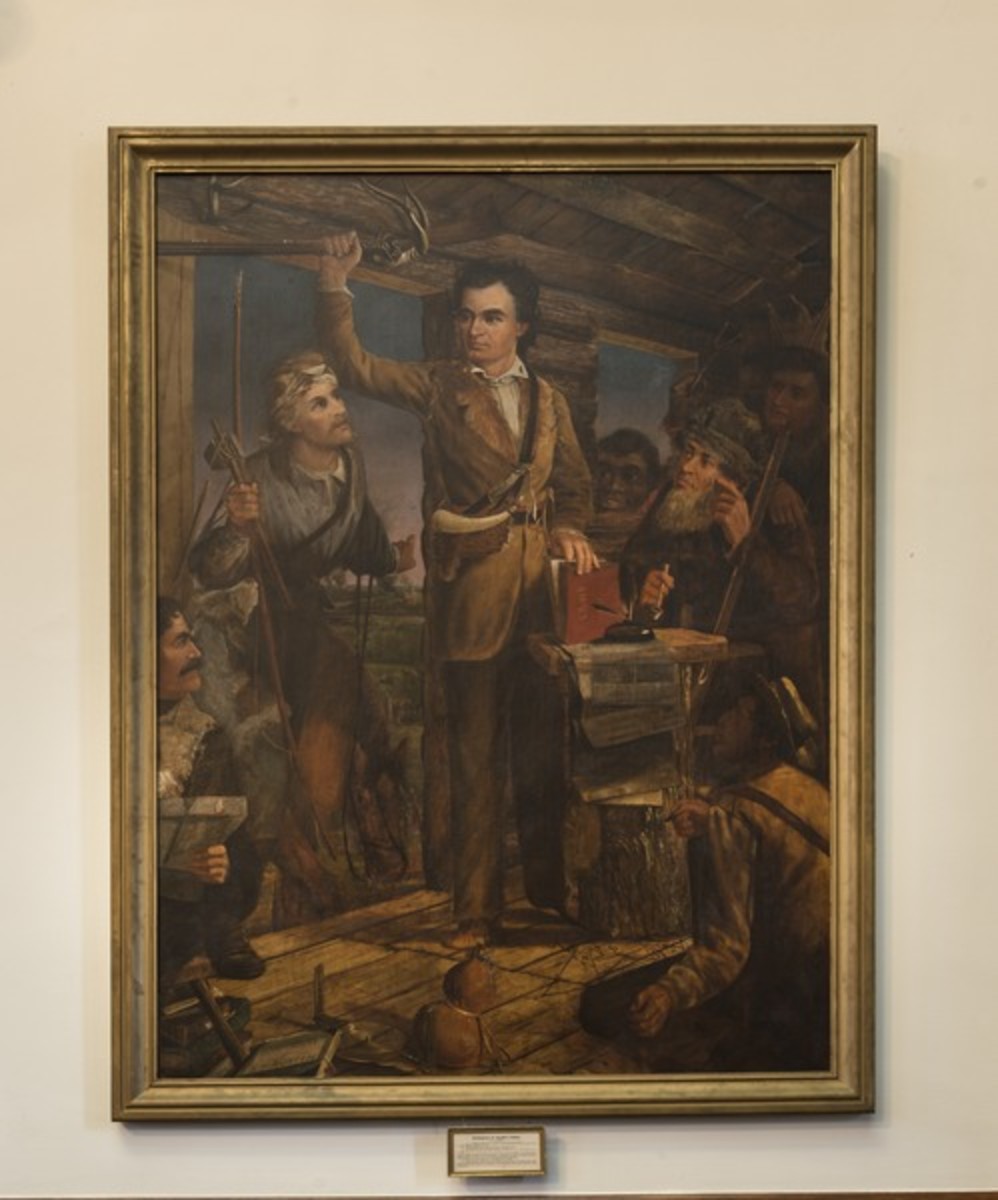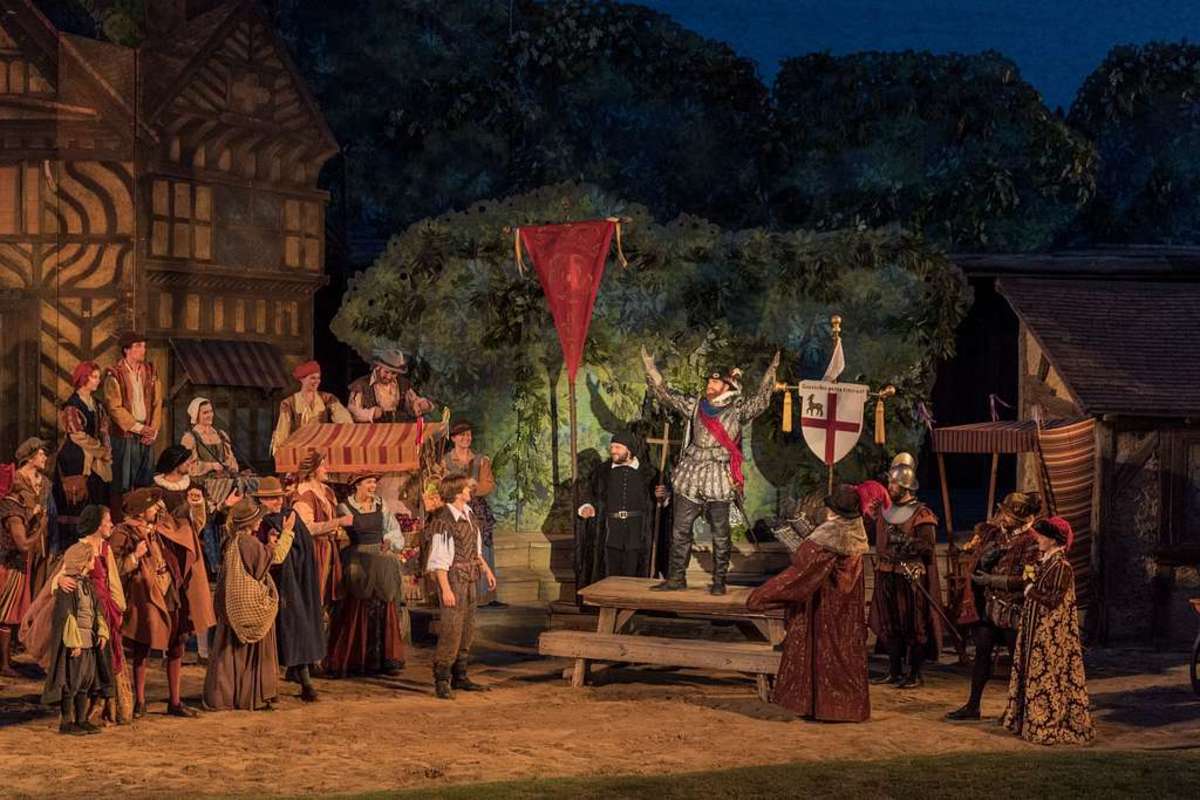- HubPages»
- Education and Science»
- History & Archaeology»
- History of the Americas
The Hays Guards: The Story of Company K of the Sixty Third Pennsylvania Volunteers (Part One)
Photos
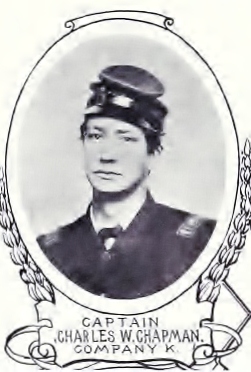
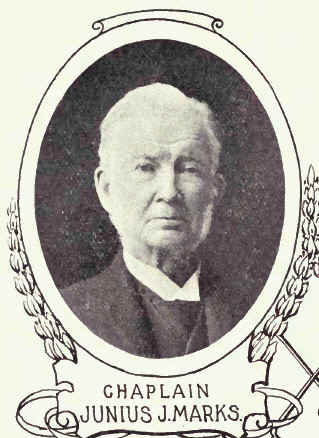
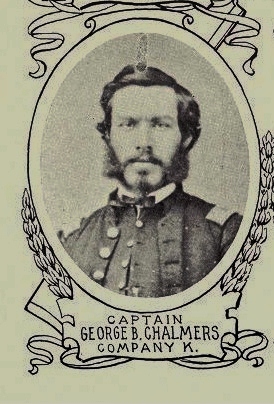
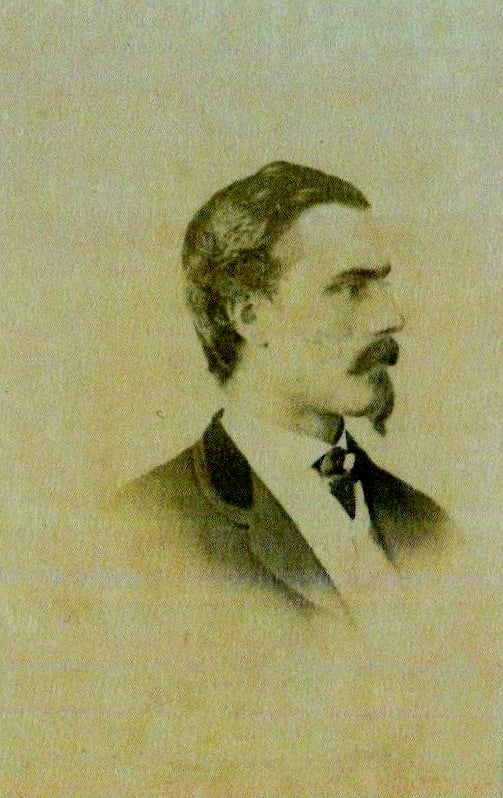
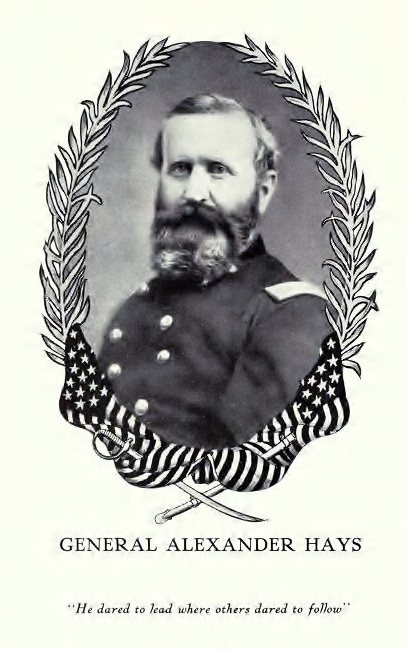
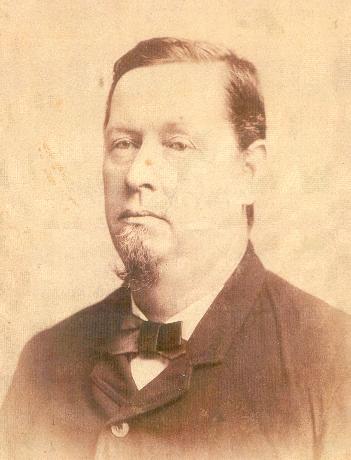
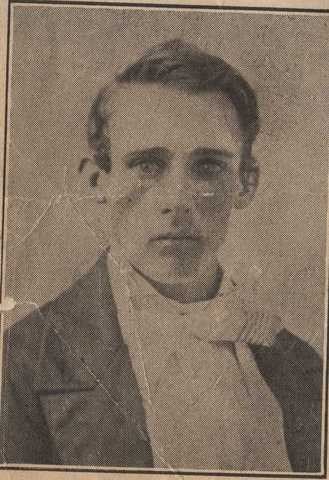
Many stories have been written about the Civil War. One can buy numerous books about the subject. This is the story of one regiment, the Sixty-Third Pennsylvania Volunteers and focuses mainly on one company of that regiment, company K. This is part one of a six part series of articles.
Company K was organized between August and October of 1861. It was comprised of a group of fifty two men from Mercer County, led by a man named Lightner who retired as soon as the company was consolidated. Also in this company were about fifty four men from Pittsburgh that were rallied by a young Army captain, Charles Wesley Chapman. Among these men were a twenty year old steel mill laborer by the name of John Devender Wood and his close friend, twenty two year old George B. Chalmers, as well as a twenty year old laborer by the name of Samuel Lea McDowell and a twenty year old clerk by the name of Theodore Baggaley, who had already served three months of the war as part of Company K of the 12th Pennsylvania Infantry Regiment. Most of the men were native born, of German, Scotch and Irish ancestry and the average age of the company was a mere nineteen years old.
This unit made its way to Camp Shield in Virginia, where they were organized into company K of the 63rd Pennsylvania volunteers in fall of 1861 and mustered in. Charles W. Chapman was made the company’s captain, while William Hays Brown was elected first lieutenant and Theodore Baggaley was elected second lieutenant. George B. Chalmers soon was promoted to second sergeant and John D. Wood was promoted to corporal. The company was given the position of left center company, with the company’s colors to the right of the company.
The commander of the regiment was a forty-one year old colonel by the name of Alexander Hays. He had been a West Point graduate that fought in the Mexican American War. As the war dawned, he was an engineer for the city of Pittsburgh, but quickly signed up to fight. He was well loved by his men, for he was known for befriending them as well as training them to become efficient at drills. He was extremely strict but also very just. He was not afraid to take anyone down a peg or two if he had to as well. Extra attention was given to the precision of maneuvers.
Life in camp was fairly simple and regimented. Every morning the bugle would sound at six in the morning and the recruits had a few minutes to get up and get to roll call. They would then eat breakfast, which consisted usually of some sort of beef, hardtack and a tin cup full of dark black coffee. After breakfast each soldier was expected to clean their tents and guns and then be ready to go by 8, when guard mounting would be assigned to a few men from each company. Afterwards the companies were marched out to different areas and instructed in drills and maneuvers for three hours before dinner at noon. Dinner usually consisted of bean soup, more beef, more hard tack and more coffee. The men were given a rest afterwards until 1:30, when they had to prepare for the afternoon drills, in which the entire regiment would practice together until they could maneuver like veterans. Afterwards they had dress parade practice, in which each soldier was expected to have their uniform and long arm in perfect condition. After dress parade they would be free to do what they wanted until 8:15 when evening roll call was taken. At nine at night lights out was called and no one was allowed to make any noise.
Free time in the camp could be spent doing a number of things. Drinking and card playing was outlawed, but some of the soldiers took to playing games or writing letters. Others read voraciously. The chaplain of the regiment, Dr. Junius Marks, offered classes in Latin, German, Arithmetic and held a debate society. Some of the men took to raiding the nearby farms for food to supplement their diets. In the fall of 1861, Abraham Lincoln toured the camp with his wife Mary, and many of the soldiers were surprised by his humble appearance.
The winter of 1861-1862 was spent hunkering down at Camp Johnston, also known as Fort Lyon, near Alexandria, Virginia. The camp was stationed on the plantation of one George Mason, a staunch Southerner who hated anything the North had to offer. He was held prisoner by the Union Soldiers for his views, much to the joy of his slaves. Thomas Hollabaugh died while in the regiment was in camp, though it is not known what he succumbed to.
Guarding the camp was important and taken seriously and there were several pickets undertaken even in the coldest of days. There were a handful of picket skirmishes that took place over the winter, as Confederates were located just across the river from where the regiment was camped.
The first real test for the men of Company K came on 5 March 1862. That day a detachment of about one hundred men were on a scouting picket on the Occoquan River, a tributary of the Potomac located near Pohick Church in present day Pohick, Virginia. Lt. Col. A. S. M. Morgan led the detachment, which included a number of Company K men and the regiment’s quartermaster. A picket of Confederate soldiers had laid a trap, and in the skirmish three men were killed; Captain Charles W. Chapman, a private from company G by the name of Cyrus Moore and the quartermaster, James S. Lysle. Upon the captain’s death, William H. Brown was promoted to captain of the company. Theodore Baggaley was promoted to First Lieutenant and the First Sergeant, Robert Mowry, was promoted to Second Lieutenant.
After this skirmish, the regiment joined up with General McClellan’s Army of the Potomac for the Peninsula Campaign, in which a series of battles were undertaken to push toward the Confederate capital of Richmond, Virginia. In Yorktown, the regiment suffered a few casualties as a result of typhoid, malaria and wood tick bites. At this time, some of the lines of entrenchment from the battle in 1781 that ended the American Revolution could still be seen. Company K saw a few casualties as a result of the fighting in Yorktown on the 11th of April 1862. Private Eliphalet Crow was killed by the enemy’s volley in a skirmish and later was buried in the National Cemetery in Yorktown. Privates Henry W. Eberman, Edward Kelly, Hugh McCann, Woods Reed and Amos Waddle also died later from either wounds or diseases at the hospital at Yorktown and were buried in the cemetery.
By the end of May in 1862, McClellan and his army were slowly closing in on Richmond. Confederate General Joseph E. Johnston devised a plan to attack the Army of the Potomac early in the morning using four waves of men, as his army was nearly 40,000 men smaller than the 100,000 man army McClellan commanded. As luck would have it, Johnston's plans were botched when key orders were delayed or misread, and the attack did not happen until well into the day.
The 63rd was a part of Major General Samuel P. Heintzelman's Third Corps and were stationed just north of Richmond at a train station at Fair Oaks. Companies K and I would see a fair amount of fighting as Confederate troops advanced, in part because they were responsible for constructing a pontoon bridge across the Chickahominy River for reinforcements. Colonel Hays was with the two companies as they turned back advancing waves of Confederate soldiers. The companies were successful for awhile, but the waves continued to advance and they were forced to withdraw.
Company K had two men missing in action and three men wounded, including George Chalmers, who took a bullet to the arm. Lt. Col. Morgan was also severely injured, and for many months afterwards the regiment was certain he was near death. The Union army considered themselves victors in the battle for Fair Oaks, as it resulted in the removal of Johnston as the Confederate army’s commander and a new general was named, a general who withdrew his troops back into Richmond to defend it. This general was the Confederate President’s military adviser. His name was Robert E. Lee.
For a month after the battle at Fair Oaks, the 63rd remained where they were and engaged in an occasional skirmish with the enemy’s pickets. A few men were killed, though none from Company K. It was in these skirmishes that the men of Alexander Hays’ regiment became noted for their bravery and their stamina. They became known as Hays’ Guards. They would face a bigger fight soon when Lee decided to push the Army of the Potomac from his capital.
The offensive from the Confederate army began on 25 June 1862 and lasted seven days. This became known as the Seven Days’ Battles. Company K in particular saw little fighting until the 30th of July, when they engaged in a fight at Glendale, also known as Frazier's Farm. The regiment had been ordered to lend support to the artillery, which they did accomplish. Here Captain Theodore Baggaley and Sgt. Robert Stanford were among the wounded, the former losing his arm, and the Sixty-Third was decimated in the battle. The regiment was pulled to serve in reserve with the artillery the next day because of their losses. On 1 July 1862, General Lee was able to force the Army of the Potomac away from Richmond in the Battle of Malvern Hill.
Hays’ Guards were then assigned to the duty at Harrison’s Landing on the bank of the James River as Lee and his army prepared to go on the offensive. The Sixty-Third remained in camp until the end of August, when they were ordered to join the support under General John Pope and his newly formed Army of Virginia. The Sixty-Third embarked on troop transports at Harrison's Landing and sailed northward toward Washington D.C instead of moving closer to Richmond and many in the regiment were disheartened about this new development. The regiment eventually arrived near the Bull Run River, at a place called Groveton.
The battles that ensued on 29 and 30 August were the bloodiest battles the men took part in up to that point. At the time of the Battle of Second Bull Run, about three hundred men remained in the regiment and they were stationed in the woods to the left of the fighting. As luck would have it, the small force led by Hays would pitted against a Confederate force of nearly three thousand soldiers.
Despite this challenge, they were ready to undertake it, as Hays ordered his men to fix bayonets. He then led the charge atop his horse, riding towards an embankment that was serving as an entrenchment for the Confederate soldiers. The charging men were met with a volley. Hays was severely injured when bullets shattered his leg. Major Kirkwood immediately stepped in and led the second charge and was also injured in this charge. Captain James F. Ryan, who was shot twice already, assumed command of the regiment and led a third charge. He then ordered a fall back, as a third of the men had been killed or wounded in the charges. While the Union was able to hold the field, there were no real gains and no victors.
Company K sustained a number of losses on 29 August 1862 from fighting. Privates John G Green, Robert Hodge, Jacob Keith, Augustus Mootz, Robert Westermann, and Daniel B. Young were killed in the fighting. Private Thomas Scully was injured so badly he was later discharged.
Because of the heavy losses the day before, the 63rd regiment was held in reserve the next day, as Pope’s army was soundly defeated by General Lee. The Army of Virginia, with the 63rd, retreated to defense of Washington. Pope was moved to the west and the Union felt the sting of another defeat.
In his report, Major General Philip Kearney would pen the following :
“The Sixty-third Pennsylvania and Fortieth New York Volunteers, under the brave Colonel Egan, suffered the most. The gallant Hays is badly wounded.”
(Author’s note: One of the men of the PA 63rd, John D. Wood was my great-great grandfather. I do not know what happened to most of the other men of the regiment nor do I have biographical information past what I have listed for some of the other men in this series of articles. If you have information you would like to share on any of the men listed in any part of “The Hays Guards: The Story of Company K of the Sixty Third Pennsylvania Volunteers” please do not hesitate to leave a comment or contact me via my family tree website. I do edit this series with genealogical information from others as I get it. I would also like to offer my most profound appreciation to my distant cousin and collaborator, William Bozic for his insights and edits to this series. I thank him immensely for the time and effort he has put in to making this work what it is.)
Works Referenced
63rd Pennsylvania Regiment. Pennsylvania Civil War Volunteers. 2012. Online at http://www.pacivilwar.com/regiment/63rd.html.
Bozic, William. Civil War Battlefield Tour - A Photographic History into the Regiments of John Denver and William W. Wood. 2005. Online at http://freepages.genealogy.rootsweb.ancestry.com/~kelleywood/westpennsylvania/Civil%20War%20Tour/civilwarbattlefieldtour.html
Davis, Kenneth C. Don't Know Much About History: Everything You Need to Know About American History But Never Learned. Perennial: New York, 2003.
Donald, David. Divided We Fought: 1861-1865. The MacMillian Company: New York. 1952.
Dyer, Frederick H. A Compendium of the War and of the Rebellion Compiled and Arranged from Official Records of the Federal and Confederate Armies, Reports of the Adjutant Generals of Several States , the Army Registers, and Other Reliable Documents and Sources. The Dyer Publishing Company: Des Moines. 1908.
Civil War Battle Fields. Civil War Trust. 2011. Online at www.civilwar.org/battlefields
Hawks, Steve. 63rd Pennsylvania Infantry Regiment. Civil War in the East. Hawks Interactive. 2012. Online at http://www.civilwarintheeast.com/USA/PA/PA063.php
Hays, Gilbert A. Under the Red Patch: The Story of the Sixty-Third Regiment Pennsylvania Volunteers: 1861-1865. Sixty-Third Pennsylvania Volunteers Regimental Association: Pittsburgh. 1908.
The Historians History of the United States. Volume II. Andrew S, Berky and James P. Shenton, editors. G.P. Putnam: New York. 1966.
McCandless, S. C. Sworn Statement from S.C. McCandless, Clerk of the United States District Court, Western District of Pennsylvania. Mothers Army Pension Application for Maria Chapman, mother of Captain Charles W. Chapman. Certificate number 51280. Number 81.259.
Tindall, George Brown and David Emory Shi. America: A Narrative History. Volume 1. 5th Ed. W. W. Norton and Company. New York. 2000.
Rickard, J. Battle of Fair Oaks or Seven Pines, 31 May-1 June 1862. 2007. Online at http://www.historyofwar.org/articles/battles_fairoaks.html
Second Battle of Bull Run. Son of the South. 2008. Online at http://www.sonofthesouth.net/leefoundation/second-battle-bull-run.htm
Shotgun's Home of the American Civil War. 2003. Online at http://www.civilwarhome.com/


